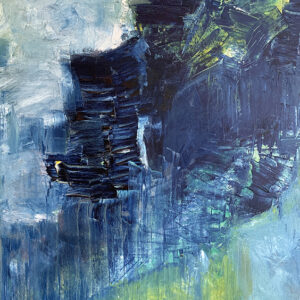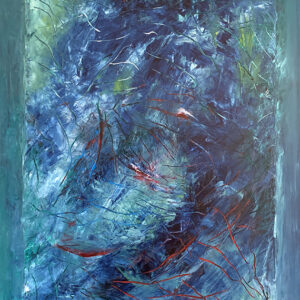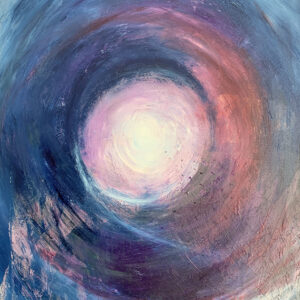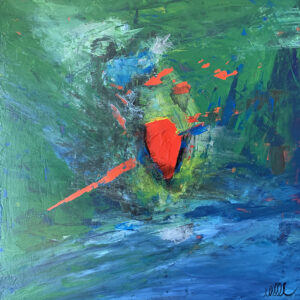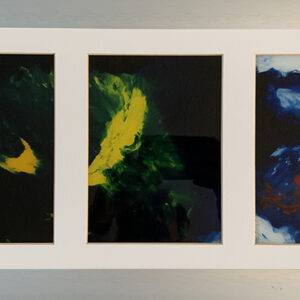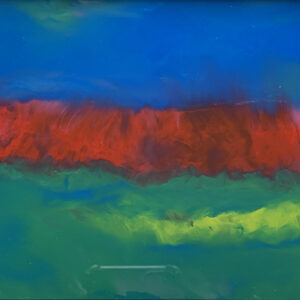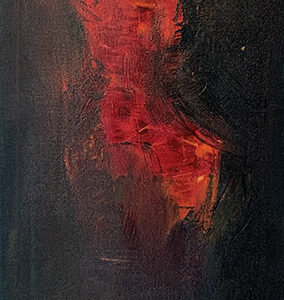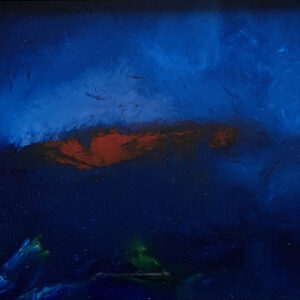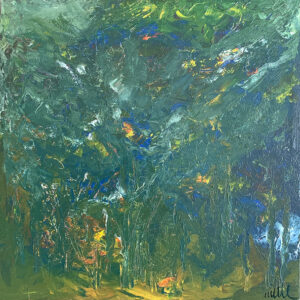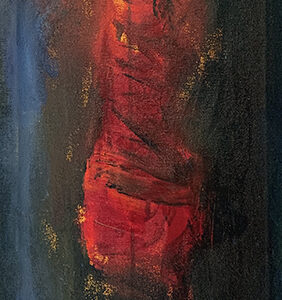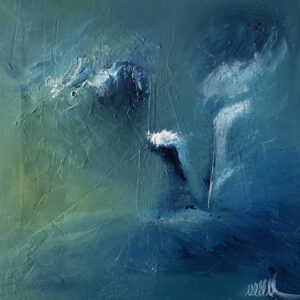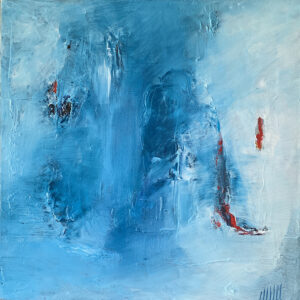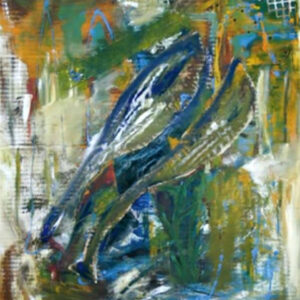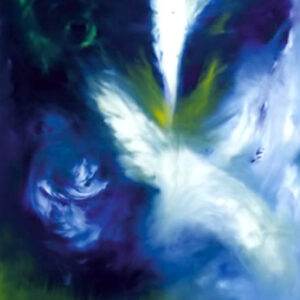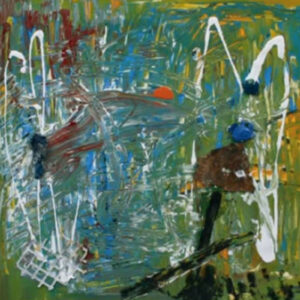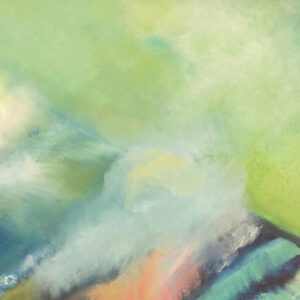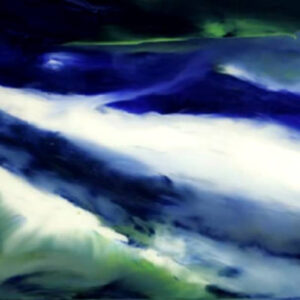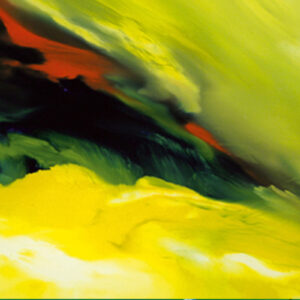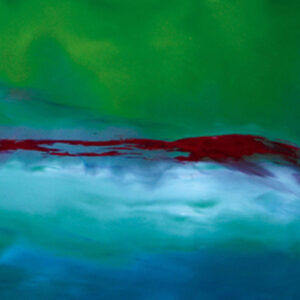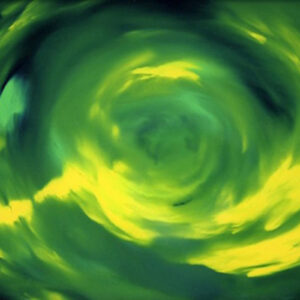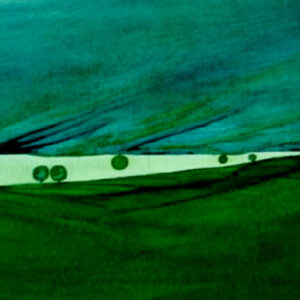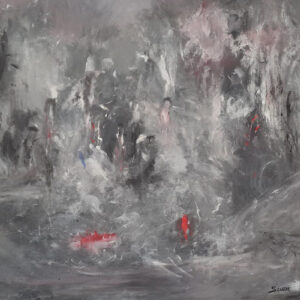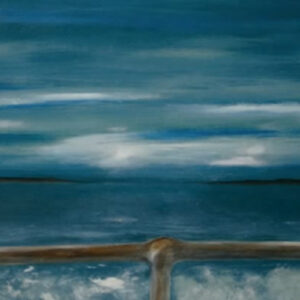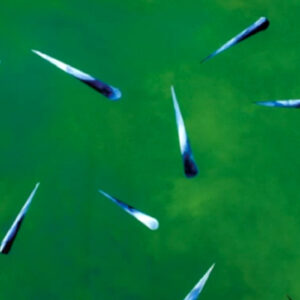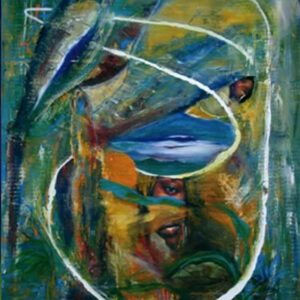Senem Diyici paints as she sings and sings as she breathes
Singing, she learned at the age of five with her father, in the European quarter of Istanbul, where Turks, Kurds, Greeks, Hungarians, Italians, Armenians, French and Jews mingle; various cultures which it will make its honey. So many grafts on the family tree that will give this wisp of contrasting riches: Senem. In 1969, she recorded her first album, Nar Hanim; she’s sixteen years old. From then on, always on the move and always alert, haphazardly along the roads, paths and bushy paths she traverses, Senem crosses classical Ottoman music, Turkish popular music and Anglo-Saxon music, and lovingly and skillfully constructs , his musical universe. In 1973, she recorded her second album, Ham Meyva, then left for Europe.
Painting, she also learned with this father with dream sandals, touching the world, living on painting and poetry and surviving a civil servant position in the Navy.
However, Senem only practiced painting when she landed in France in the 1980s … to survive – a strange reversal – before living on music, selling on the sly, even in the courtyard of the Louvre, watercolors of monuments. Parisians! And it is only since 1997 that she has given herself to painting and that instantly she is a painter, or more exactly that she is the painter she was meant to be. There are painters who find themselves only slowly. Estève, who draws and paints from the age of fifteen, Estève is not Estève until he is approaching his fifties; thirty-five years so that, from as far away as one sees one of his paintings among the paintings of ten other painters, we cry out: an Estève! There are some who are themselves from the very first paintings. Bernard Buffet is one of them … Senem Diyici too. Instantly, it has her universe et her manner; very quickly, she invented and mastered her technique: oil on glass. These subtle and intense glazes, light and deep, she deposits them directly, in a single spray, on the glass itself with an innate sense of composition and color; his technique does not allow repentance any more than watercolor.


